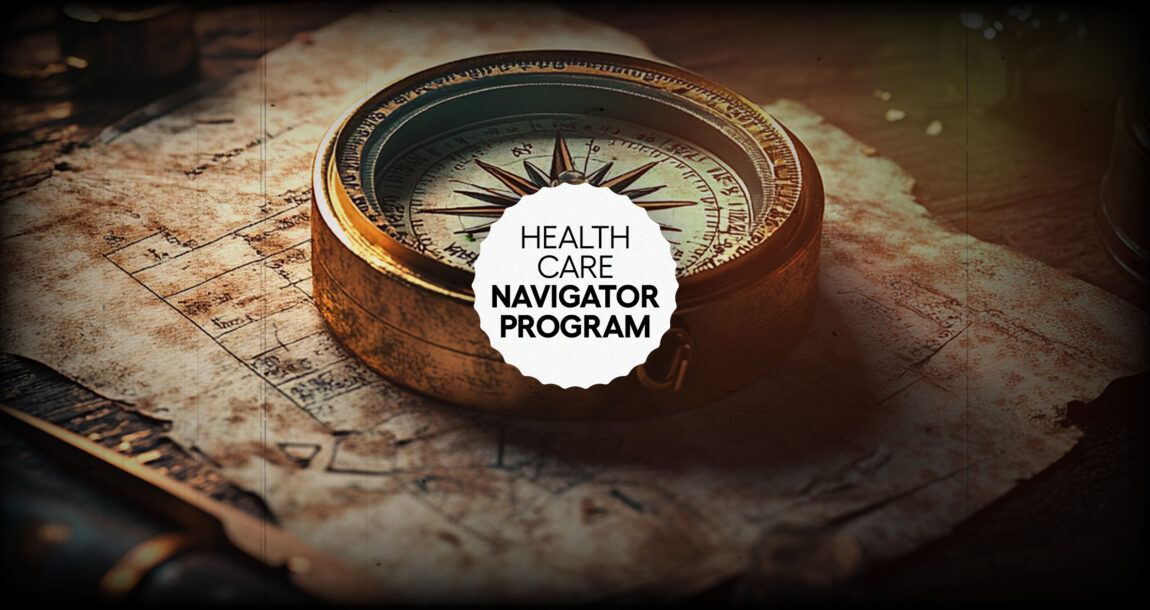Navigator program winds down – and that’s a good thing

Another day, another $100 million in government spending that accomplished - not much.

The Centers for Medicare and Medicaid Services’ navigator program was supposed to be the solution for guiding uninsured Americans through the Affordable Care Act marketplace. Funded to the tune of $100 million a year, it was meant to help people find coverage. But in reality? It underserved millions, misallocated funds, and ignored better, more efficient solutions.
As someone who has worked closely with state insurance departments, regulators and agencies, I can tell you firsthand — this program didn’t work. When Medicaid unwinding hit and millions were booted from coverage, state insurance departments panicked. They knew people needed help. But instead of leveraging private agencies, brokers and insurers — who already specialize in this work —they stuck with a navigator program that was barely functioning.
The result? Millions of Americans were left without answers, scrambling to figure out their next move.
Here’s what happened:
The COVID-19-era Medicaid expansion ended, and suddenly millions of people were disenrolled. State insurance departments were flooded with calls from people who were looking for a way to handle the crisis. I had conversations with multiple state regulators, and the common theme was:
"We have to work through the state’s navigator program." This was the “easy” answer.
Oh, really? Because that program wasn’t doing much of anything.
Let me tell you about my own experience trying to work alongside navigators during the height of Medicaid unwinding in Jacksonville, Fla. It was eye-opening in all the wrong ways.
At a time when thousands of people were losing Medicaid coverage every day, the Jacksonville navigator program enrolled only 600 people per year. Per year. Meanwhile, my agency was enrolling thousands per day — and we had the experience, technology and security measures in place to make the transition from Medicaid to ACA coverage seamless and scalable.
But instead of working together, the navigators treated us as competitors — and they weren’t exactly polite about it. They saw private agencies as obstacles instead of valuable partners in getting people covered.
Now, I’ve worked in a lot of competitive environments, and I get it — territorial instincts are real. But when you have thousands of people losing health coverage, maybe that’s not the time to gatekeep the process. The focus should have been on getting people covered quickly and efficiently, not holding on to government-funded inefficiencies that clearly weren’t built for this level of demand.
This wasn’t just a Jacksonville problem; this was happening nationwide. Navigators were overwhelmed, understaffed and underperforming, all while the private sector stood by, ready and willing to help.
So here we are. Funding for the navigator program is getting cut by $90 million. And let me tell you—I’m not upset about it.
Why? Because this forces states to rethink their approach. It forces them to finally acknowledge what we’ve been saying all along:
- Private agencies, insurers and field marketing organizations - not some bloated government initiative - are the real solution.
- Technology and digital tools – not expensive and outdated government websites and paper applications - are the future.
- People must be educated about insurance before they lose coverage, instead of in a last-minute scramble.
I’m all for making health care more accessible, but we don’t do that by throwing money at a program that never worked. We do it by leveraging private-sector expertise, embracing innovation, and creating real partnerships between state insurance departments and industry experts.
Unlike before, when bureaucratic red tape and bloated government spending made states hesitant to collaborate, the insurance department environment is shifting. With Washington cutting government waste, insurance departments will be much more open to welcoming private-sector innovation — not only to help their citizens but also to protect their own state budgets.
If the navigator debacle has proven anything, it’s that government-led insurance outreach isn’t the answer. And that’s OK — because government doesn’t have to be the answer.
The insurance industry already has the expertise, the manpower, and the technology to educate consumers at scale. States just need to get out of their own way and let it happen.
So what’s next?
- More collaboration between private agencies, insurers and state regulators.
- Technology-driven enrollment solutions that help consumers quickly understand their options.
- Better insurance literacy programs so that people don’t get blindsided when they lose coverage.
This is ultimately a win for consumers. The Medicaid unwinding crisis was a wake-up call, and now states have the chance to build something better.
And if that means one less expensive, ineffective government program — well, I’d say that’s progress.
© Entire contents copyright 2025 by InsuranceNewsNet.com Inc. All rights reserved. No part of this article may be reprinted without the expressed written consent from InsuranceNewsNet.com.




Partner split: Grant Cardone and Gary Brecka swap charges in dueling lawsuits
LTCi market maturing as more prospects need it
Advisor News
- Investors worried about outliving assets
- Essential insights a financial advisor needs to grow their practice
- Goldman Sachs survey identifies top threats to insurer investments
- Political turmoil outstrips inflation as Americans’ top financial worry
- What is the average 55-year-old prospect worth to an advisor?
More Advisor NewsAnnuity News
- Sammons Financial Group “Goes Digital” in Annuity Transfers
- Somerset Reinsurance Announces the Appointment of Danish Iqbal as CEO
- Majesco Announces Participation in LIMRA 2025: Showcasing Cutting-Edge Innovations in Insurance Technology
- 2024 Letter to Shareholders
- Fortitude Re Announces $4 Billion Annuity Reinsurance Agreement with Taiyo Life Insurance Company
More Annuity NewsLife Insurance News
- Global Atlantic 2025 Retirement Outlook Survey: Majority of Investors Worried about Outliving Assets
- Aegon announces changes to its Board of Directors
- Proxy Statement (Form DEF 14A)
- A-CAP Counters Desperate Attempt by Utah Insurance Department to Distance Itself from its Faulty Allegations
- AM Best Affirms Credit Ratings of Nan Shan General Insurance Co., Ltd.
More Life Insurance NewsProperty and Casualty News
- Mercury Insurance Explains How Uninsured Drivers Affect Insurance Costs and How You Can Protect Yourself
- The Doctors Company Announces $15.1 Million Dividend
- Insurance industry and medical lobbyists oppose bill that eliminates Florida's no-fault auto-insurance
- Gen Z puts premium on culture and flexibility in insurance agency jobs
- Insubuy Celebrates 25 Years as a Pioneer in the Travel Insurance Industry
More Property and Casualty News